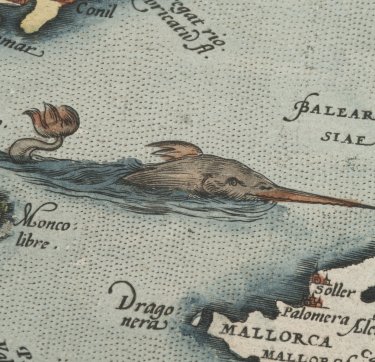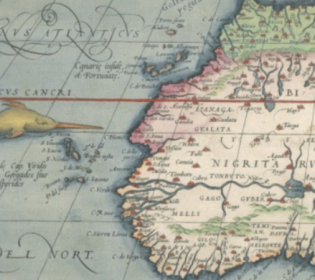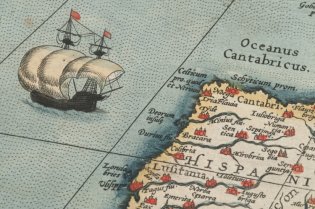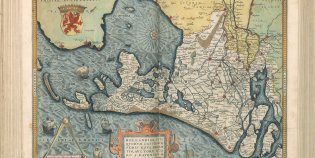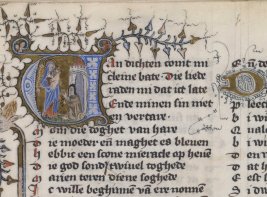Atlas Ortelius
The Atlas Ortelius is the first 'modern' world atlas. Antwerp mapmaker Abraham Ortelius (1527-1598) had a number of existing maps redrawn in a standard format and published as a book. The KB owns five different copies. We highlight one of them here. This 1571 copy is special because it contains only Dutch texts, instead of Latin ones as well. It depicts 53 maps to which additions were made later in time.
How to view the Atlas Ortelius
The Atlas Ortelius can be viewed upon request in our reading room. KB members can place such a request by entering KW 1046 B 17 in the KB catalog. You can also view this masterpiece online. This can be done via the digitized book of the Atlas Ortelius or on the Atlas Ortelius page on Wikimedia Commons.
Read more about the Atlas Ortelius
The following books about the Atlas Ortelius are available in the KB reading room:
- M. van den Broecke, Ortelius' Theatrum Orbis Terrarum (1570-1641). Characteristics and development of a sample of on verso map texts. Utrecht 2009.
- M. van den Broecke, Ortelius atlas maps. An illustrated guide. 2e herziene druk. ’t Goy-Houten 2011.
- C. Koeman (comp., ed.), Atlantes neerlandici. Bibliography of terrestrial, maritime and celestial atlases and pilot books, published in the Netherlands up to 1880. Amsterdam, 1967-1985; dl. III, nr. Ort 31
- P. van der Krogt, Koeman's Atlantes neerlandici; III: Ortelius's Theatrum orbis terrarum, De Jode's Speculum orbis terrarum, The Epitome, Caert-thresoor and Atlas minor, The atlases of the XVII provinces, and other atlases published in the Low Countries
